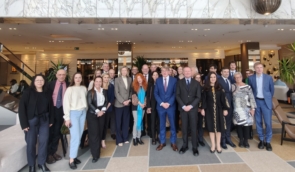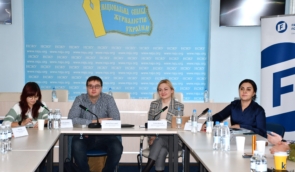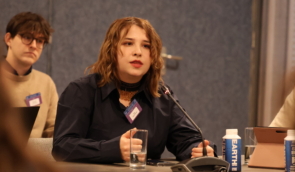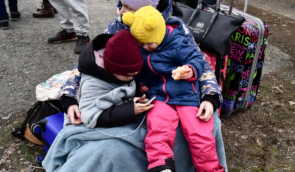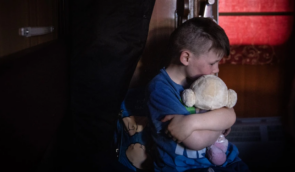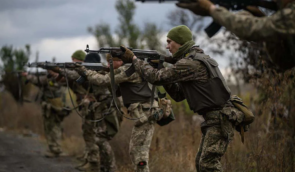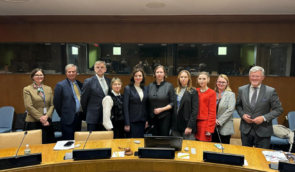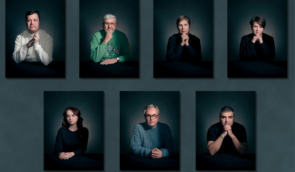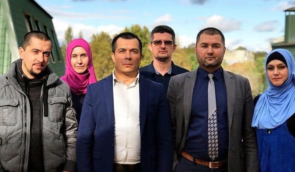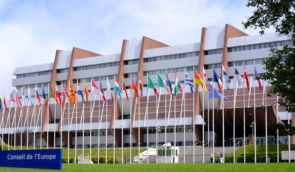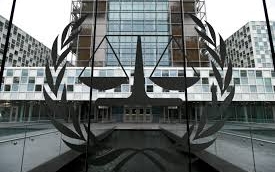Photo exhibition “Stories from occupied Crimea” opens in Chernivtsi
Twenty-two photos of Ukrainian reporters Alina Smutko, Taras Ibragimov, and Alyona Savchuk are a unique chronicle of life on the peninsula illegally annexed by Russia and documentary evidence of repression against Ukrainian citizens, in particular representatives of the Crimean Tatar people.
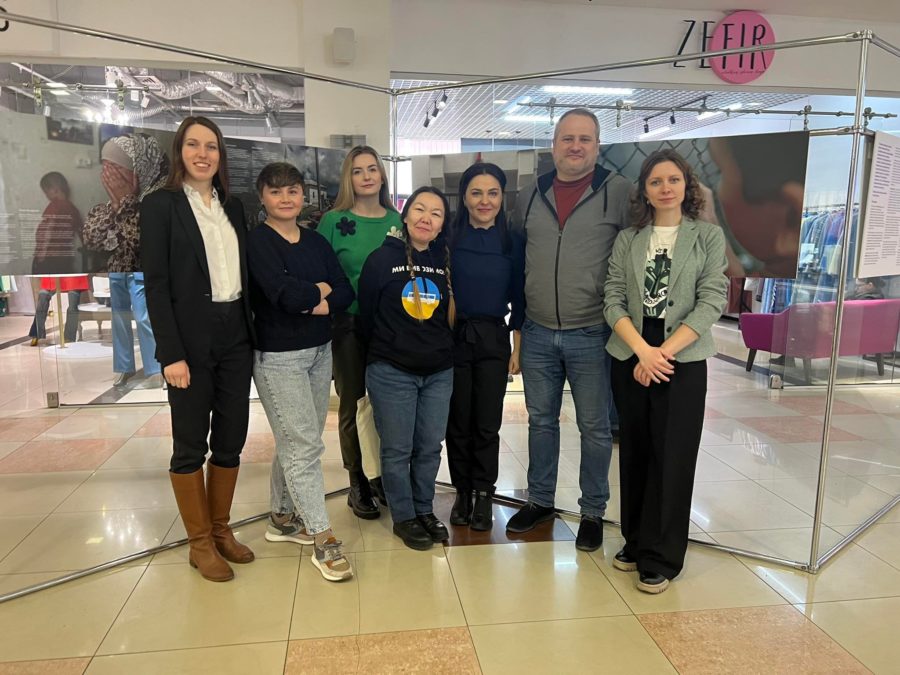
Large-scale persecution began on the first day of the occupation of the Autonomous Republic of Crimea by Russian troops. To date, more than 150 people, most of them Crimean Tatars, have been imprisoned for political reasons. In 2014-2016, 43 residents of Crimea were kidnapped, 11 of them are still missing. It was on March 3 nine years ago that the Russian invaders abducted, tortured, and then killed Crimean Tatar activist Reshat Ametov who became the first victim of the invaders on the peninsula.
According to Tetiana Pechonchyk, Head of the Human Rights Centre ZMINA, the practice of enforced disappearances returned to the occupied peninsula in 2022. The abducted Ukrainians are transferred to Crimea from the occupied areas of Kherson and Zaporizhzhia regions: local human rights groups report that at least 110 Ukrainian citizens are held in pre-trial detention center No. 2 in Simferopol.
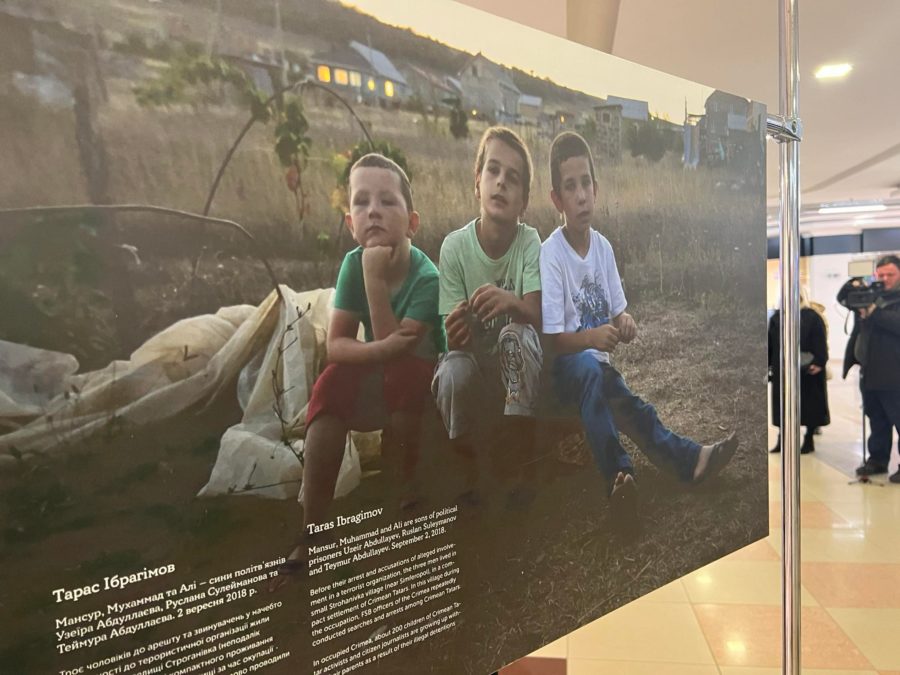
Crimeans are also subjected to enforced disappearances. In particular, on April 29, citizen journalist Iryna Danylovych was abducted on her way from Koktebel to Feodosia and was kept for 13 days incommunicado and without access to a lawyer. Apart from Danylovych, the occupying power holds 14 more journalists behind bars on politically motivated charges: “Most of them are Crimean Tatar citizen journalists who cooperated with the Crimean Solidarity initiative which unites families of political prisoners, lawyers, activists. These are Seyran Saliyev, Marlen Asanov, Tymur Ibrahimov, Server Mustafayev, Osman Arifmemetov, Remzi Bekirov, Ruslan Suleymanov, Rustem Sheikhaliyev. Every tenth political prisoner is behind bars because of journalistic activities.”
“As for the topic of Crimean political prisoners, several particularly negative trends can be pointed out after February 24. First, we are observing a rapid increase in the number of these cases, in particular, it concerns residents of Kherson and Zaporizhzhia regions who were detained and forcibly transferred to the temporarily occupied Crimea. Second, for the first time in the nine years of the occupation, two Ukrainian political prisoners — Kostiantyn Shyring and Dzhemil Hafarov — died in prisons due to lack of medical care. Unfortunately, more than 20 people also have significant health problems and may become new victims of the Russian Federation,” said Anna Sytnikova, chief consultant of the Crimea Platform operations service at the Mission of the President of Ukraine in the Autonomous Republic of Crimea.
In 2016-2018, Alyona Savchuk, one of the authors of the photo exhibition “Stories from occupied Crimea”, covered trials of Ukrainian political prisoners in occupied Crimea until the FSB banned her from entering the peninsula and the territory of Russia.
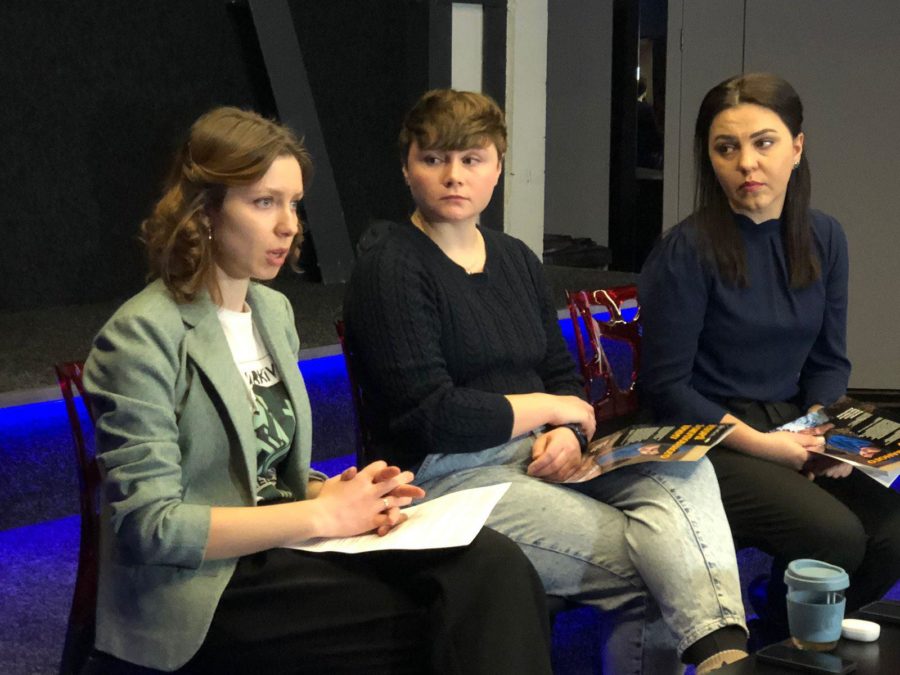
“These photos are a small part of all those stories from the occupation that we were lucky enough to see, hear, and broadcast. About people who remained at home despite intimidation and threats, arrests and courts, torture and humiliation of dignity by (pro-) Russian security forces. These are stories about the destroyed fates of hundreds of families, trumped-up terrorism, persecution on the ground of nationality, religion, and stance. But they are also about the love for native land and fellow citizens, solidarity and mutual support, belief in the victory of truth and goodness,” Savchuk said.
The presented photos were taken from 2014 to 2019 when the authors could still travel to Crimea. The Russian occupation administration banned them from visiting the peninsula for a period of 10 to 35 years.
Last October, the photo exhibition “Stories from occupied Crimea” was presented at the Parliamentary Summit of Crimea Platform (Zagreb, Croatia), in December – during the solemn events on the occasion of the 30th anniversary of the Mission of the President of Ukraine in the Autonomous Republic of Crimea.
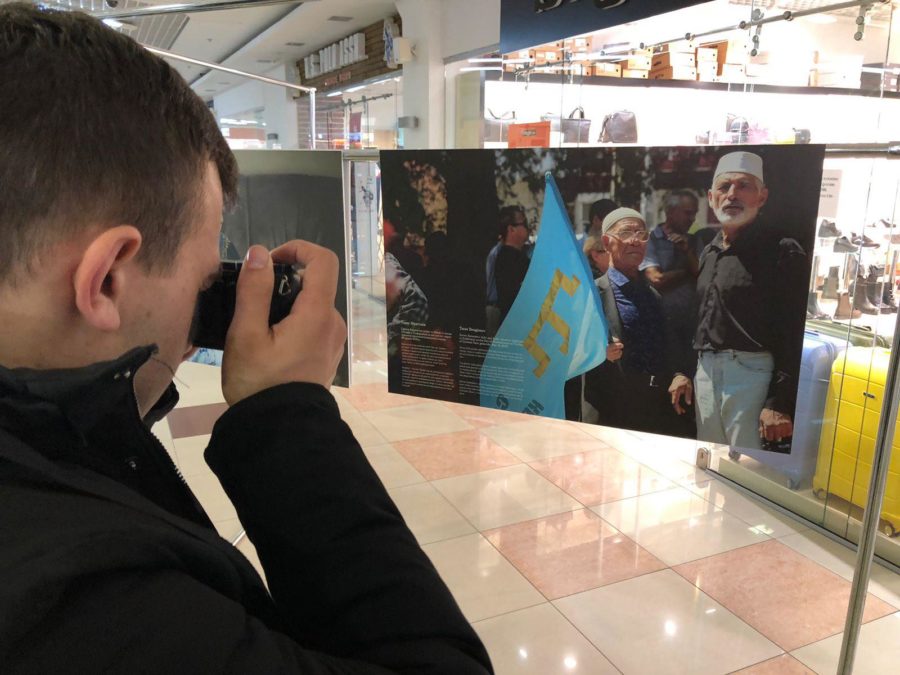
Chernivtsi became the third city where the photo exhibition “Stories from occupied Crimea” was presented to a wide audience. Earlier, it was held in Kropyvnytskyi and Khmelnytskyi and will also be presented in, Odesa, Lutsk, and Lviv.
The photo exhibition was created by the Human Rights Centre ZMINA in cooperation with the Mission of the President of Ukraine in Crimea.
If you have found a spelling error, please, notify us by selecting that text and pressing Ctrl+Enter.

